Dear EarthTalk: What exactly is “climate migration” and is it already happening? –B.T., via email
As discussions of the climate crisis begin to shift from future tense to present, “climate migration” has become a growing concern. But what is it? The question is stickier than one might think. By its simplest definition, the phrase refers to the voluntary or involuntary movement of people from one place to another due to adverse ecological conditions, usually caused by global warming. Conditions can include natural disasters, gradual desertification, rising sea levels or crop-destroying insect migration, to name a few.
And therein lies the stickiness. For one, how can we be certain that adverse environmental conditions have been caused by climate change? To be certain, we would have to refer to the relatively new science of extreme event attribution, which is often inconclusive. Then, to call someone a “climate migrant,” the climatic conditions would have to be the principal motivation for their upheaval. Most often, it is a mixture of things that cause a person to pull up roots and move, and environmental factors are hard to separate from the rest: Climate change can also increase poverty, crime and political instability.
Another legally important issue is the term “migrant.” If the new turbulence of the environment is what forces people to move, wouldn’t it be best to call them climate “refugees”? That way the upheaved population would have greater protection, like access to legal services and planned relocation, although at the moment, the Refugee Act of 1951 does not cover climate displacement. The importance of definition and terminology is pivotal when it comes to the law, as well as recognition from host countries. Calling them refugees instead of migrants will, as the Council on Foreign Relations has said, “also be a signal from wealthier countries, which are most responsible for planet-warming greenhouse gas emissions, that there is a global responsibility to help those harmed by climate change.”
And the situation could hardly be more urgent. The UN High Commissioner for Refugees has determined that natural disasters alone force an annual average of 21.5 million people from their homes across the globe. In one study conducted by The New York Times, ProPublica and the Pulitzer Center, an extreme scenario could see “more than 30 million migrants […] head toward the U.S. border over the course of the next 30 years.” Climate displacement has begun, and will only increase with the coming years.
The statistics are dire, and the consequences potentially catastrophic, but host countries have the opportunity to twist the best out of a bad situation. Climate displacement could fix economic problems associated with aging populations, and fill holes in the job market. Gaia Vince of The Guardian predicts that “cities from Munich to Buffalo will begin competing with each other to attract migrants.” So, yes, climate migration is happening now, and will increase with the warming and ecological disasters coming our way. Legal protection and clearer definitions are needed, but it’s not all gloom. Climate migrants don’t only spell disaster, they also spell opportunity for those countries wise enough to see it.
EarthTalk® is produced by Roddy Scheer & Doug Moss for the 501(c)3 nonprofit EarthTalk. See more at emagazine.com. Send questions to: question@earthtalk.org.


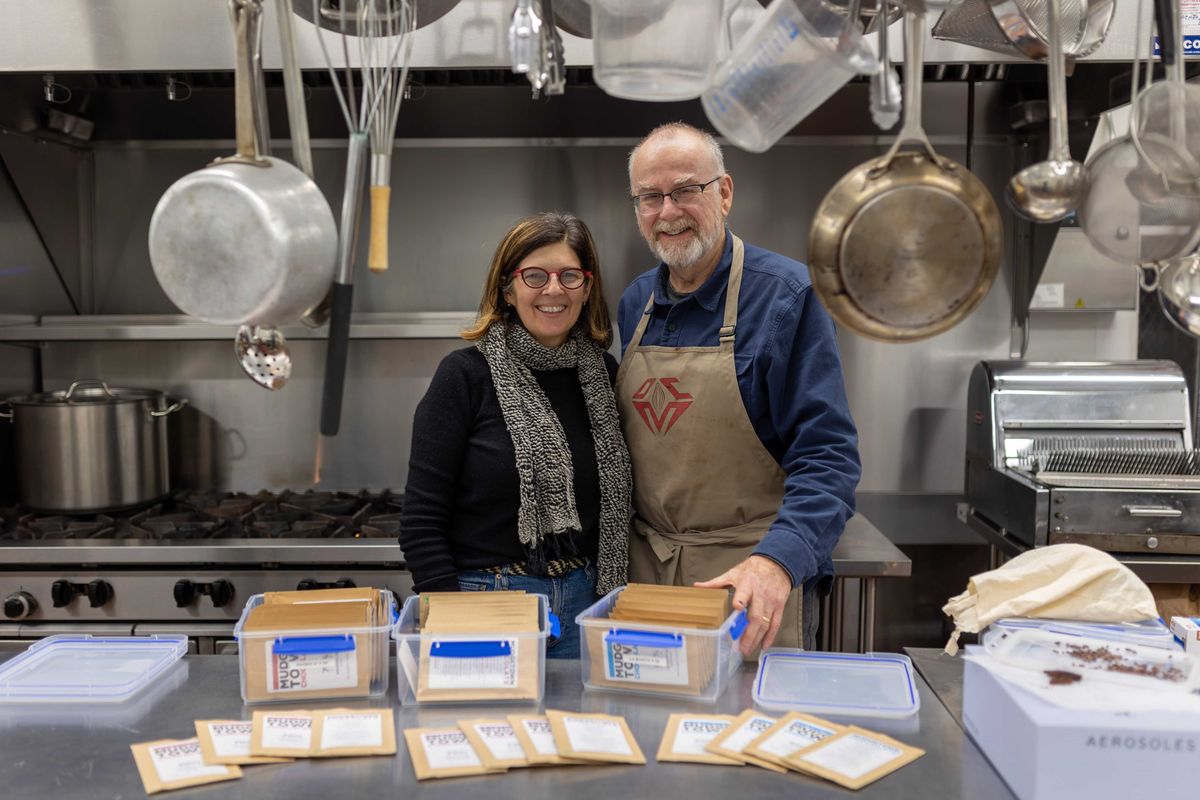
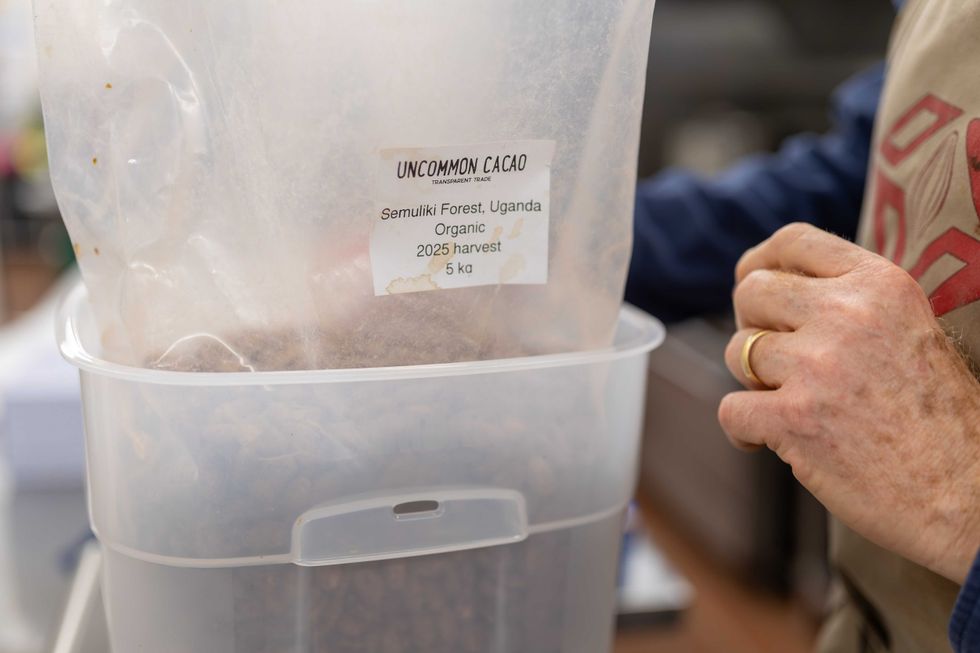 Cacao beans sourced from farms in Uganda, used in Mudgetown Chocolate’s small-batch creations.By Aly Morrissey
Cacao beans sourced from farms in Uganda, used in Mudgetown Chocolate’s small-batch creations.By Aly Morrissey Mudgetown Chocolate, handmade in small batches using cacao sourced from farms around the world.By Aly Morrissey
Mudgetown Chocolate, handmade in small batches using cacao sourced from farms around the world.By Aly Morrissey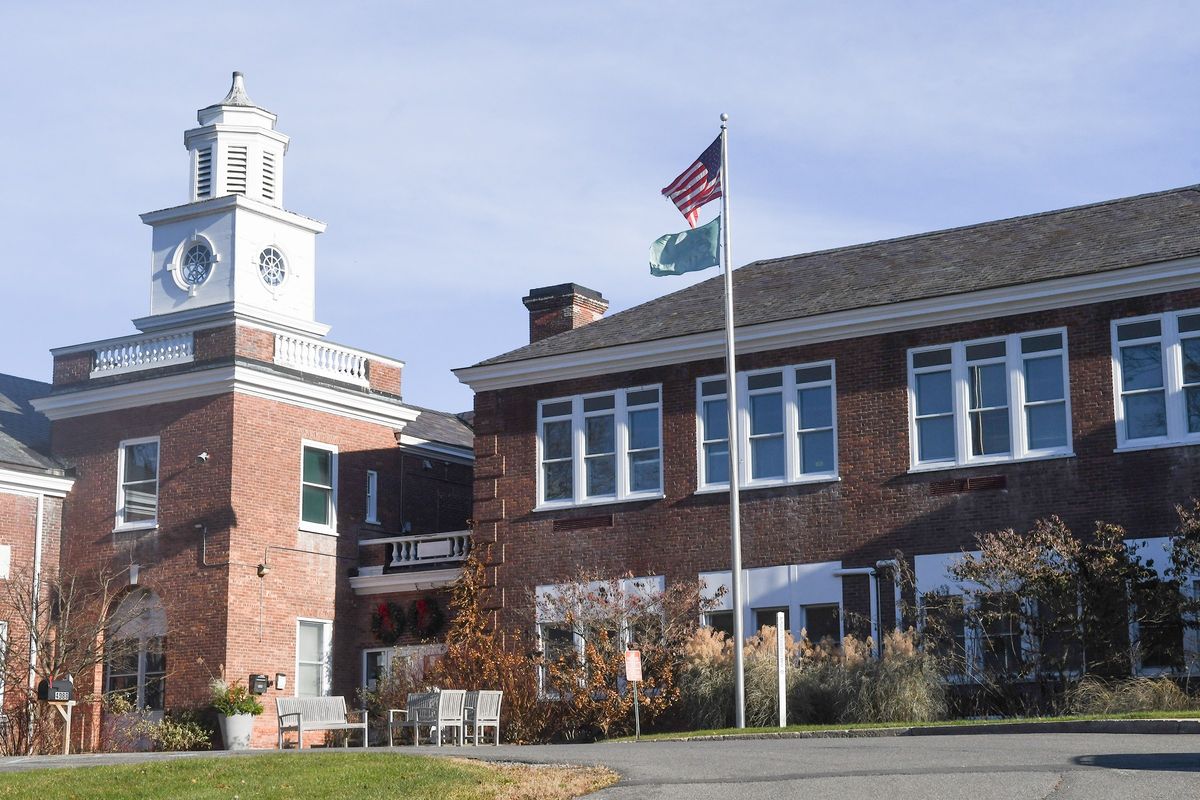
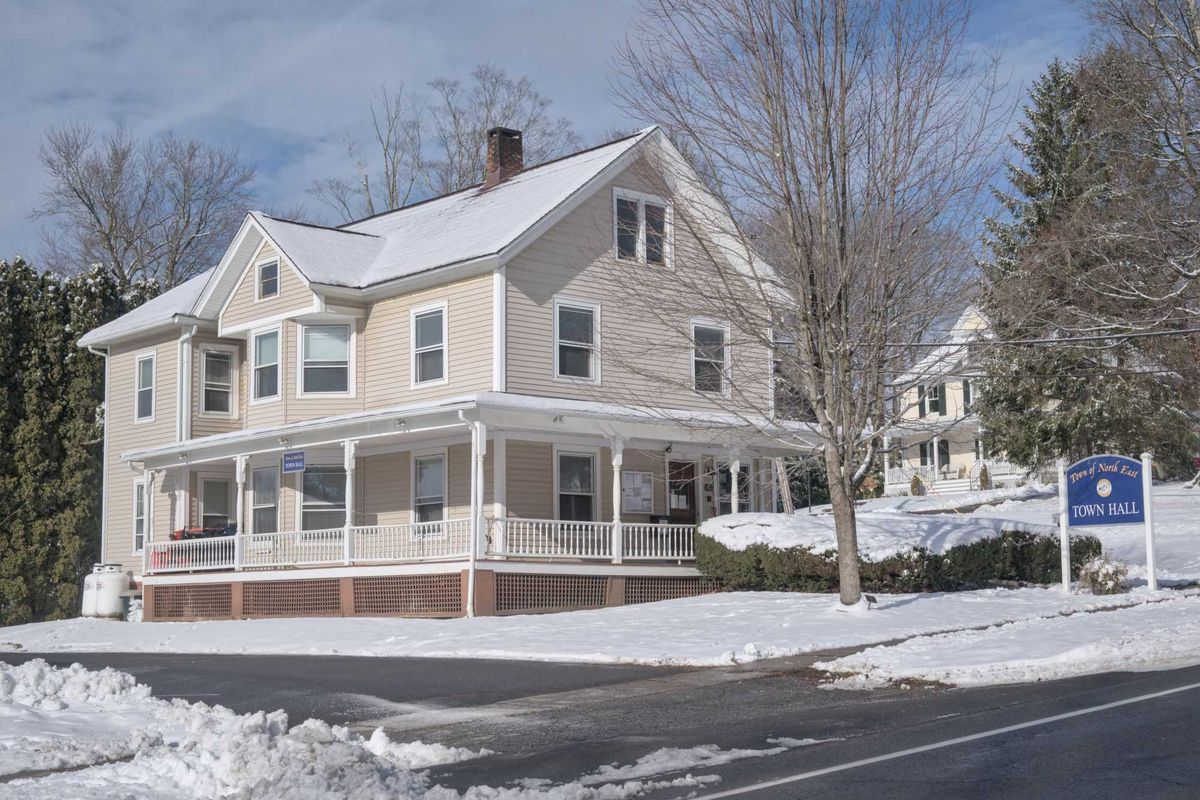






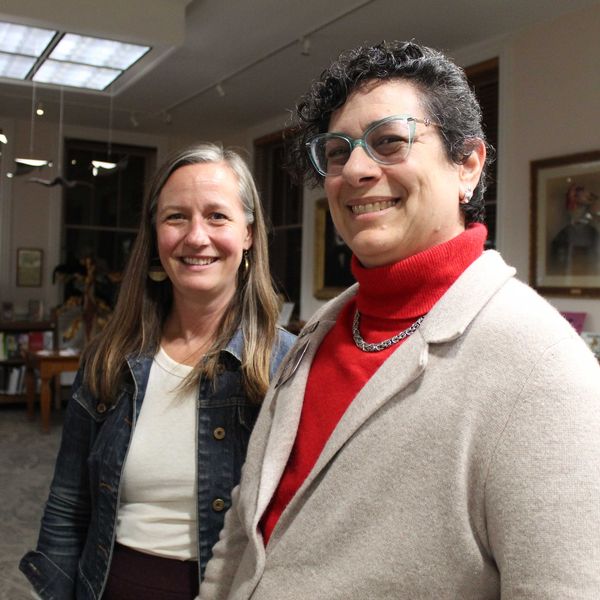


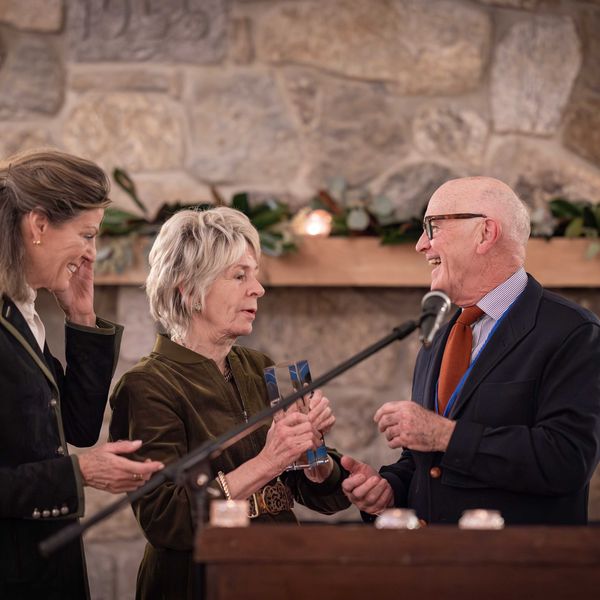
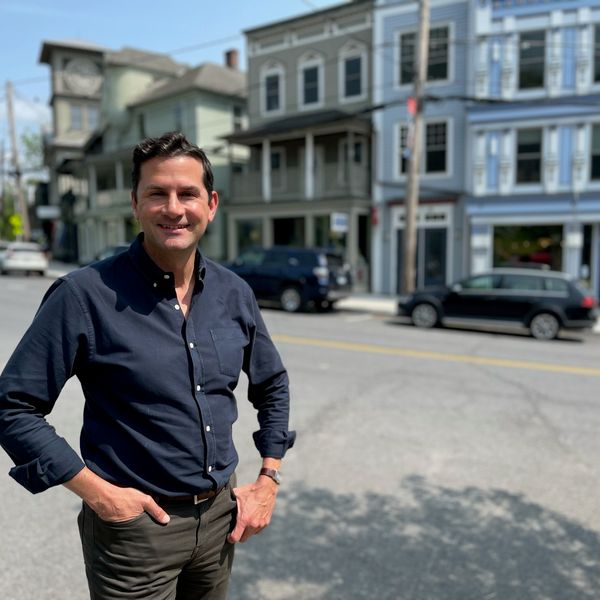
Is Climate Migration Already Happening?